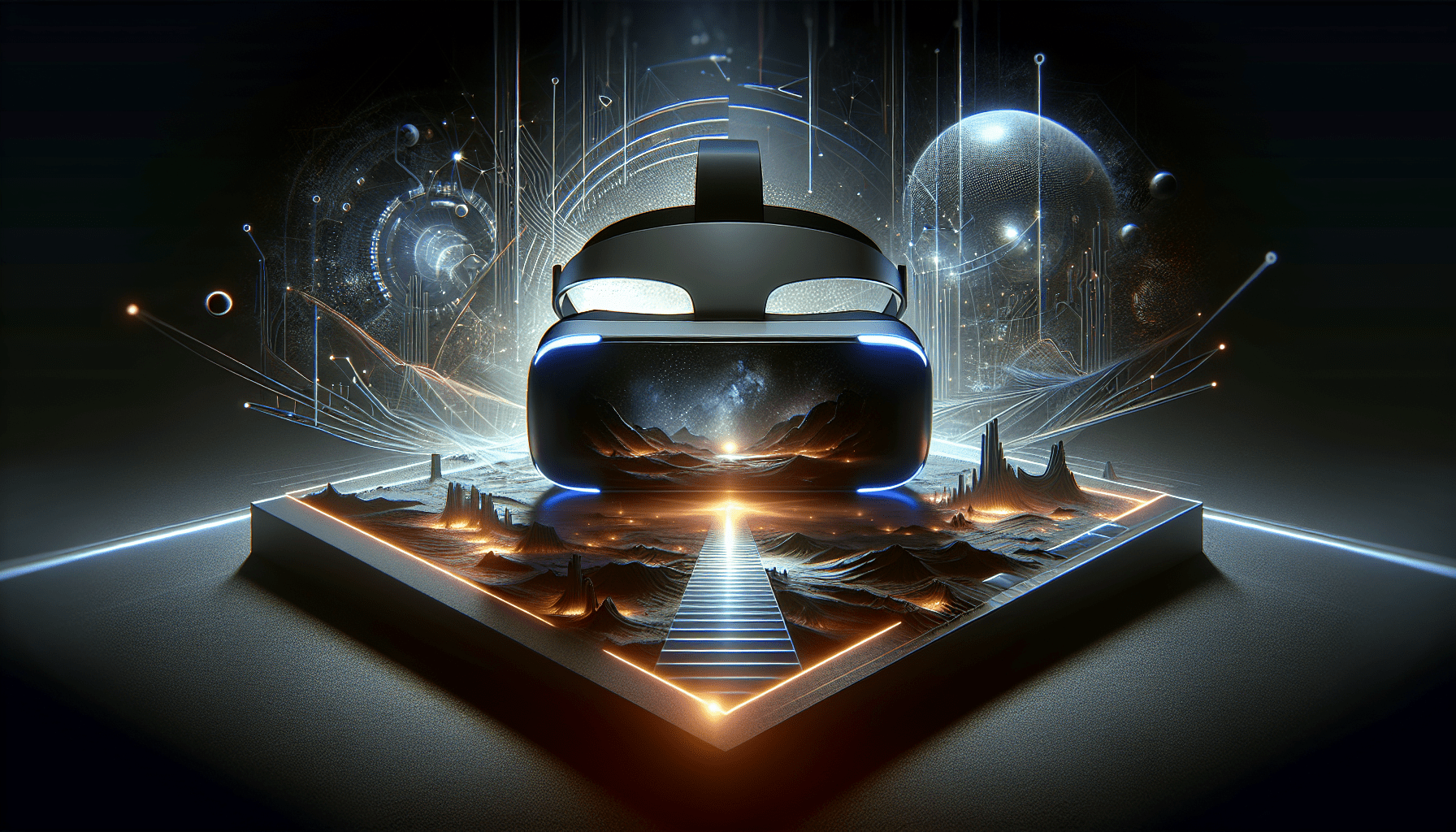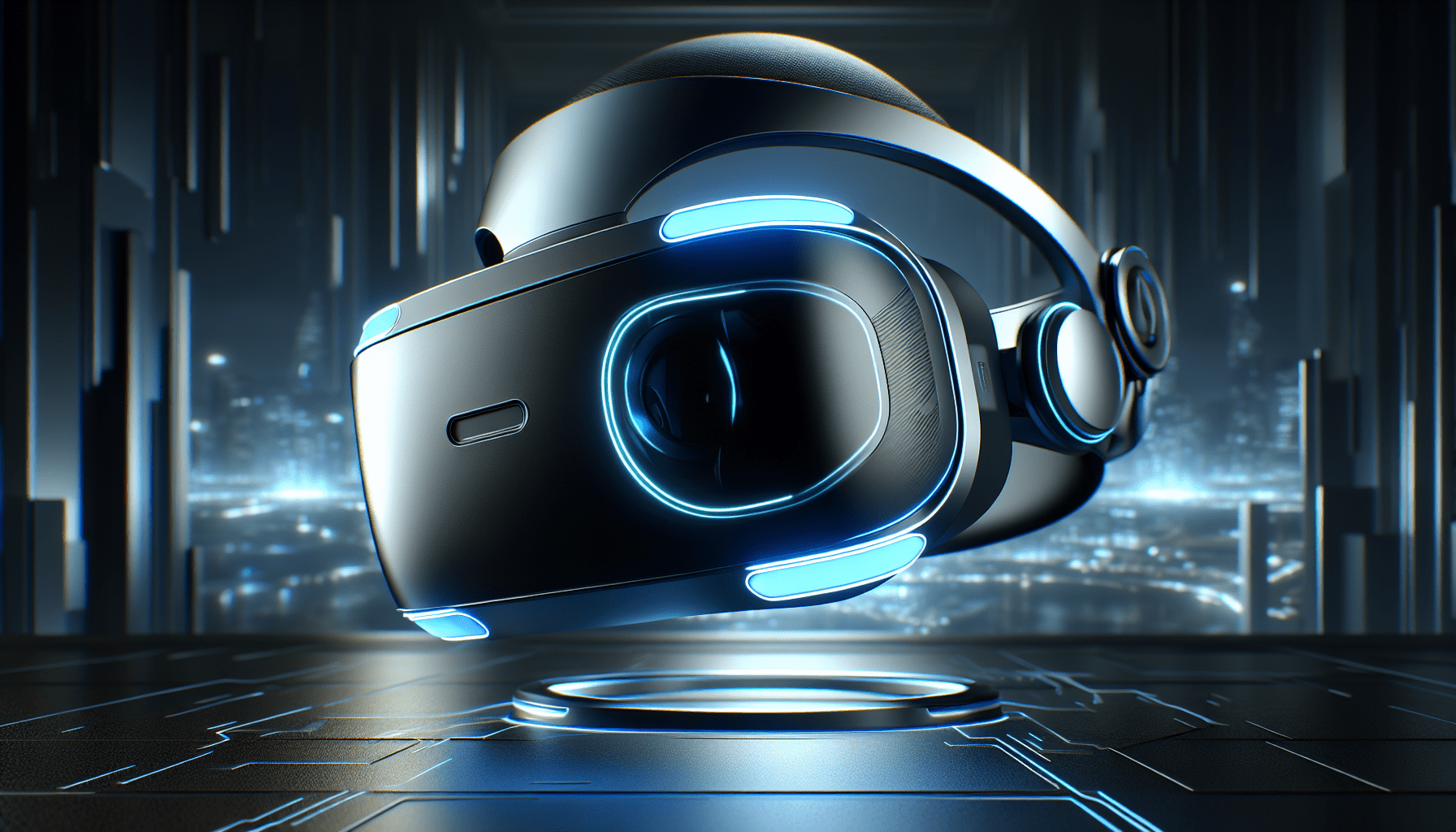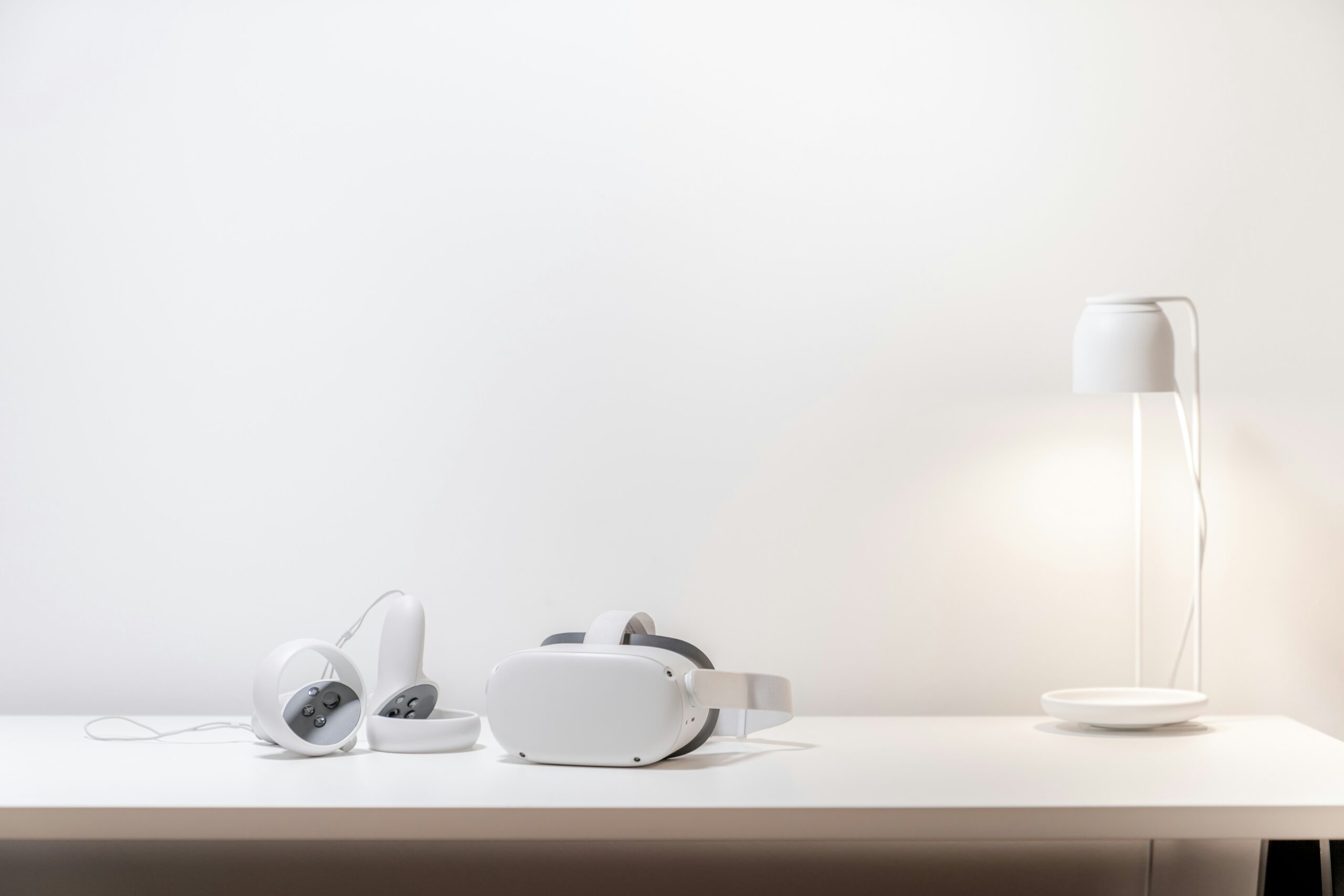Exploring the Wonders of Virtual Reality” takes you on an incredible journey through the exciting world of immersive digital experiences. You’ll discover what virtual reality (VR) is and how it seamlessly blends cutting-edge technology with everyday applications. From gaming to education, and even virtual tourism, you’ll learn about the countless ways VR is transforming how you interact with the world. This eye-opening exploration will not only explain the fundamental concepts of VR but will also showcase its limitless potential to revolutionize various aspects of your life. Get ready to step into a world where the boundaries of reality are redefined, all from the comfort of your home! Have you ever wondered what it’s like to step into another world, live out your wildest fantasies, or experience places and scenarios you’ve only dreamed of? Well, welcome to the ever-evolving domain of Virtual Reality (VR)! VR has grown from a mere concept into a multi-faceted technology that’s transforming industries and how you experience digital environments.
$30 off $400+ Anycubic Products with code AC30OFF
What is Virtual Reality?
Virtual Reality is a computer-generated simulation where you can interact within a three-dimensional environment using electronic devices such as VR headsets, sensor-equipped gloves, or suits. Essentially, VR aims to create an immersive experience, making you feel as if you’re physically present in the virtual world.
The Mechanics of VR
Let’s break down how VR works. The technology generally relies on a combination of hardware and software to create its magic. Here’s a simple table to help you see the core components:
| Component | Description |
|---|---|
| Headset | The primary device you wear over your eyes to view the virtual world. |
| Controllers | Handheld devices that allow you to interact with the environment. |
| Tracking Sensors | Devices that track your movements and translate them into the VR environment. |
| Software | Programs and applications that create and run the virtual world. |
Types of VR Systems
There are several types of VR systems, each with unique features:
- Mobile VR: Uses your smartphone as both the screen and the processor. It’s portable but usually less powerful.
- Tethered VR: Connects to a powerful PC or gaming console. It offers high-quality graphics and performance.
- Standalone VR: Self-contained units that do not require a PC or smartphone. Convenient and moderately powerful.
The History of Virtual Reality
Would you believe VR’s roots stretch back to the mid-20th century? Yes, early concepts and experimental prototypes date back to the 1950s and 60s. Morton Heilig’s “Sensorama” from 1962 is one of the earliest examples, offering a multi-sensory experience.
Evolution Over the Decades
-
1950s-60s: Initial experiments with multi-sensory experiences.
-
1980s: The term “Virtual Reality” coined by Jaron Lanier, who also developed the first commercial VR products.
-
1990s: Introduction of VR to the gaming world, but technology and consumer readiness weren’t quite there.
-
2010s: Breakthrough with companies like Oculus VR, Sony, and HTC developing accessible consumer VR systems.
-
2020s: Expansion into various sectors like education, healthcare, and architecture.

Buy Photon Mono M5 Get Free 1KG Resin
Applications of Virtual Reality
So, where can you find VR in action today? Practically everywhere. Its use extends beyond gaming, penetrating deeply into various sectors. Let’s explore.
Virtual Reality in Gaming
VR and gaming appear synonymous, right? Modern VR gaming lets you engage in gameplay like never before. You can be in the middle of a zombie apocalypse, solve intricate puzzles, or explore fantastical worlds firsthand.
VR in Education and Training
Ever dreamt of dissecting a frog without the mess? Or perhaps flying a jet without leaving the ground? VR can make this possible, offering realistic simulations for educational purposes. Medical students, pilots, and even astronauts use VR for training.
| Field | Application |
|---|---|
| Medicine | Surgical simulations, patient diagnostics. |
| Aviation | Pilot training, aircraft maintenance simulations. |
| Military | Combat training, strategy simulations. |
| Higher Education | Virtual labs, remote learning in immersive environments. |
VR in Healthcare
The healthcare industry highly benefits from VR. Surgeons practice complex procedures, therapists treat phobias, and chronic pain patients find relief through VR distractions.
VR in Real Estate
Why browse pictures when you can walk through a property? Realtors use VR to offer virtual tours, helping you find your dream home without stepping foot out the door.
VR in Entertainment and Media
From virtual concerts to “traveling” to remote parts of the world, VR offers endless entertainment possibilities. It transforms movie watching and live events into interactive experiences.
VR in Corporate Training
Companies are catching on, using VR for immersive corporate training. Whether it’s customer service, safety drills, or skill development, VR offers an engaging and effective training method.
VR in Social Interaction
VR platforms allow you to meet and interact with others in virtual spaces. From social VR apps to business meetings, the technology brings people together in a whole new way.
Ethical Considerations in VR
With great power comes great responsibility. The immersive nature of VR raises several ethical questions that need addressing.
Privacy Concerns
Your data and privacy are critical. VR systems often collect substantial data about your behavior and interactions. Ensuring this data is protected is crucial.
Psychological Effects
The line between virtual and real experiences can blur, potentially causing psychological effects. Long exposure and highly intense virtual experiences should be managed carefully.
Accessibility and Inclusion
Making VR technology accessible and inclusive for everyone, including those with disabilities, is vital. Efforts are underway to make VR more user-friendly for all.

The Future of Virtual Reality
Where is VR headed? The technology continually evolves, and its future looks bright and promising.
Advances in Hardware and Software
From improving display quality and shrinking hardware sizes to developing more intuitive controllers, tech advancements make VR more seamless and immersive.
Expansion into New Industries
VR will infiltrate more industries, from fashion and retail to public safety and governance. Imagine trying on outfits virtually or city planning through VR environments.
Mixed Reality
The line between AR (Augmented Reality) and VR blurs with Mixed Reality. This technology overlays virtual elements into the real world, offering unique interactive experiences.
Social and Collaborative Spaces
Future VR will enable more compelling social and collaborative experiences, bridging the gap and bringing people together across the globe.
Enhanced Senses
Developments in haptic feedback and sensory simulations aim to provide a full-body VR experience, making interactions more real and engaging.
Conclusion
Exploring the wonders of Virtual Reality isn’t just about strapping on a headset; it’s about opening doors to new dimensions, experiences, and ways of understanding the world. VR transforms how you learn, play, work, and even interact with others. Its rapidly advancing landscape promises an exciting future where the lines between virtual and real continue to blur, enriching your life in unimaginable ways. So, are you ready to dive into virtual worlds and see what awaits you?
$30 off $400+ Anycubic Products with code AC30OFF




